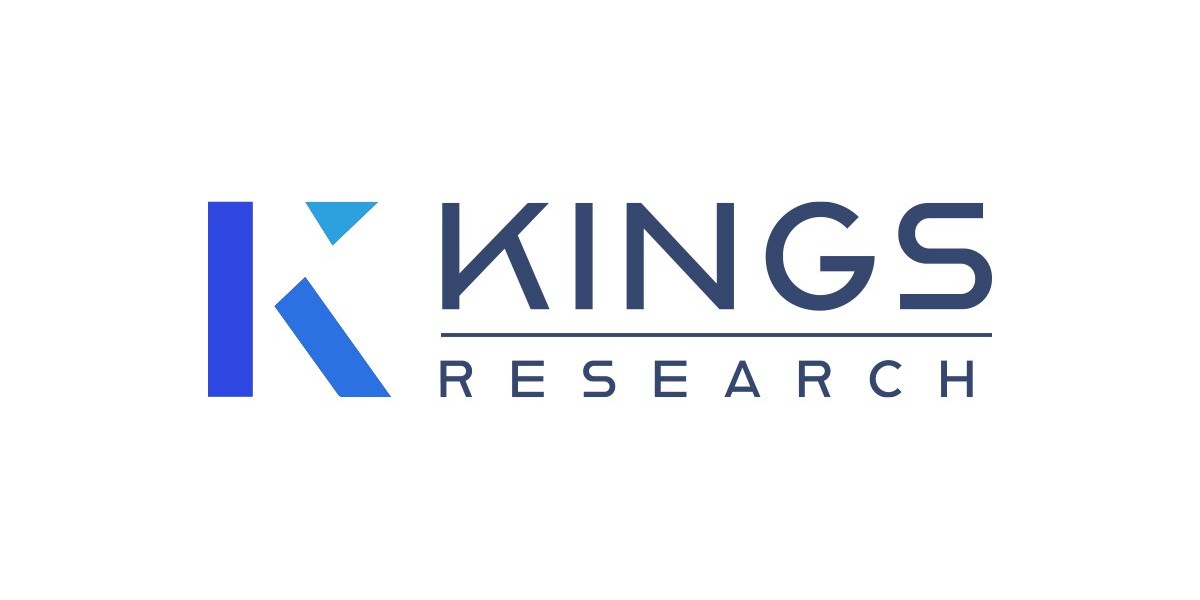When health becomes a global topic, Medical Tourism is reshaping the medical treatment landscape at an annual growth rate of 15%. This new type of consumption pattern enables people to enjoy professional medical services while experiencing foreign cultures. According to statistics, more than 14 million people worldwide cross national borders for this purpose every year. The rise of Medical Tourism stems from multiple driving forces. The uneven distribution of medical resources in advanced countries has created a natural demand for mobility. The cost of knee replacement surgery in the United States is about 50,000 US dollars, while in a hospital of the same quality in India, it only costs 12,000 US dollars. This price difference has given rise to a composite consumption of "surgery + travel". It has become a standard procedure for German patients to fly to Turkey for hair transplantation and recuperate in the Aegean Sea after the operation. Technological breakthroughs have broken down geographical barriers. The National Cancer Centre of Singapore has seamlessly integrated Japanese proton therapy with medical services in Southeast Asia through a multilingual service system, creating a unique treatment ecosystem.
The global medical market has formed a distinctive regional pattern. South Korea attracts over 400,000 beauty seekers each year with its sophisticated cosmetic surgery techniques. Medical aesthetic clinics in Gangnam District have formed a complete industrial chain from preoperative consultation to postoperative care. Thailand has deeply integrated healthcare with tourism. The BNH Hospital in Bangkok uses private butler services to arrange integrated itineraries for patients, including treatment, SPA, and historical site visits. Even more remarkable is the Indian Heart Hospital, whose success rate of coronary artery bypass grafting is comparable to that of Europe and America, but the cost is only one-third. It receives over 500,000 international patients every year.
Choosing cross-border medical care requires careful planning. The validity period of a medical visa must cover the entire course of treatment. For this reason, the Turkish government has introduced a medical residence permit with a maximum duration of 90 days. The cross-border compensation details in insurance terms are often overlooked. There was once a British patient who faced a high bill after orthopedic treatment in Dubai because the insurance coverage was not confirmed. The removal of language barriers is particularly important. The AI real-time translation system equipped at Yonsei University Hospital in South Korea can handle 32 languages, ensuring zero error in doctor-patient communication. The postoperative follow-up mechanism also needs to be confirmed in advance. Mexican dental clinics provide digital tracking services for international patients for three consecutive months through a cloud system.
This $70 billion industry is giving rise to new industry standards. From dedicated Medical charter flights to customized international medical insurance, from cross-border medical record transmission systems to the joint consultation model of physicians from multiple countries, Medical Tourism not only changes people's medical treatment choices, but also promotes the optimal allocation of global medical resources. When health care breaks through geographical boundaries, everyone is gaining broader choices in life.
Medical Tourism https://www.medicaltourismbiz.com/








